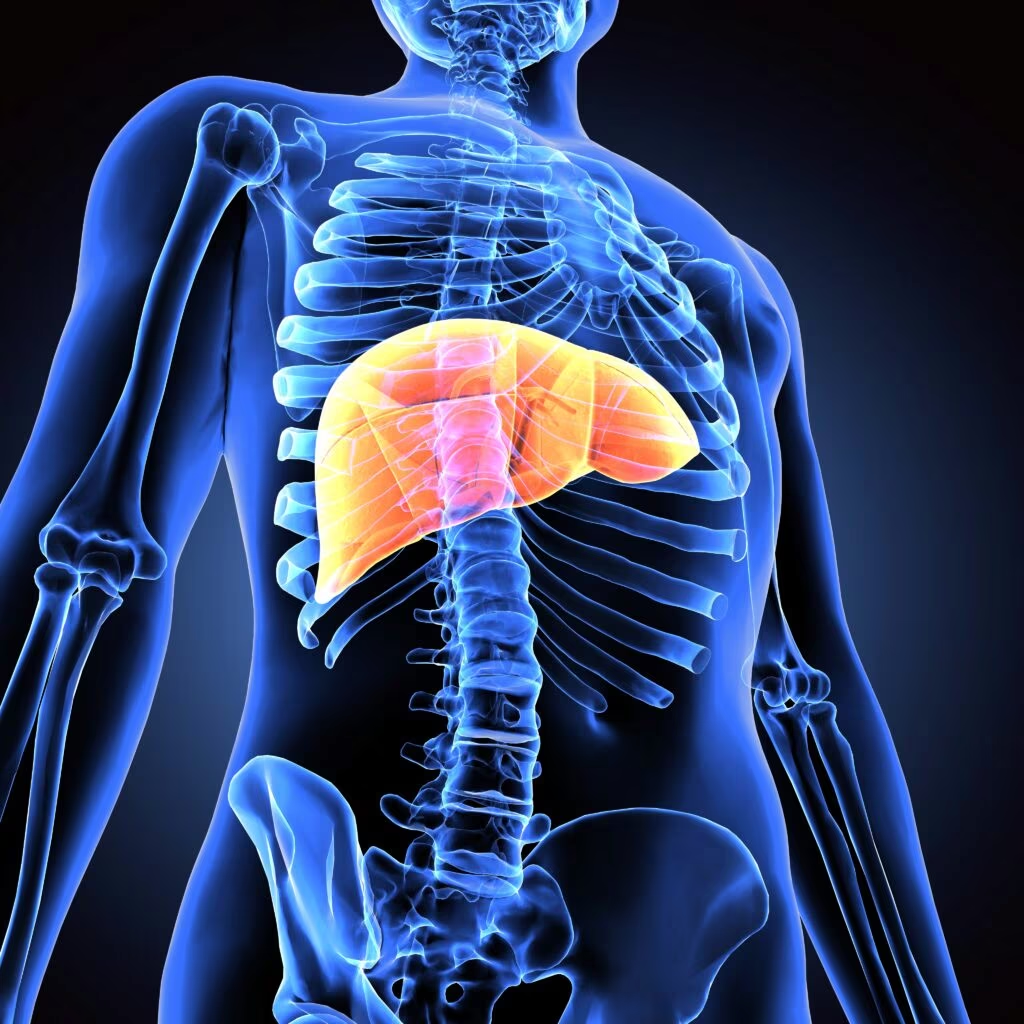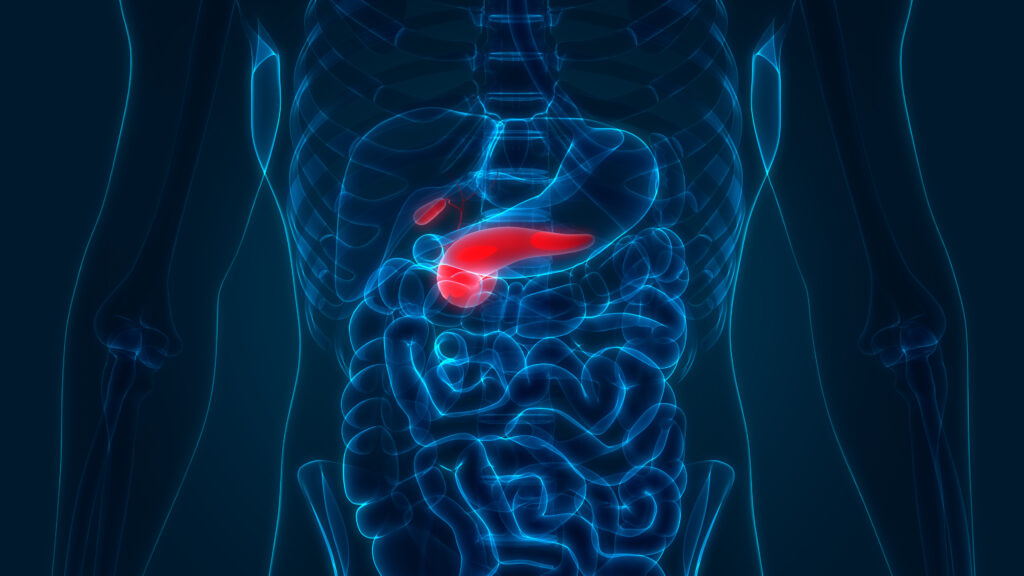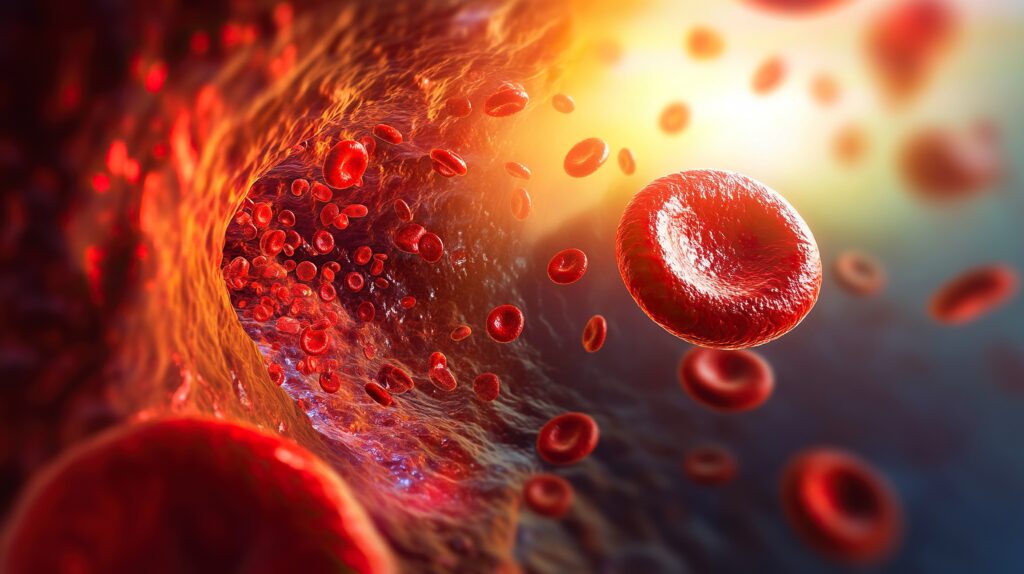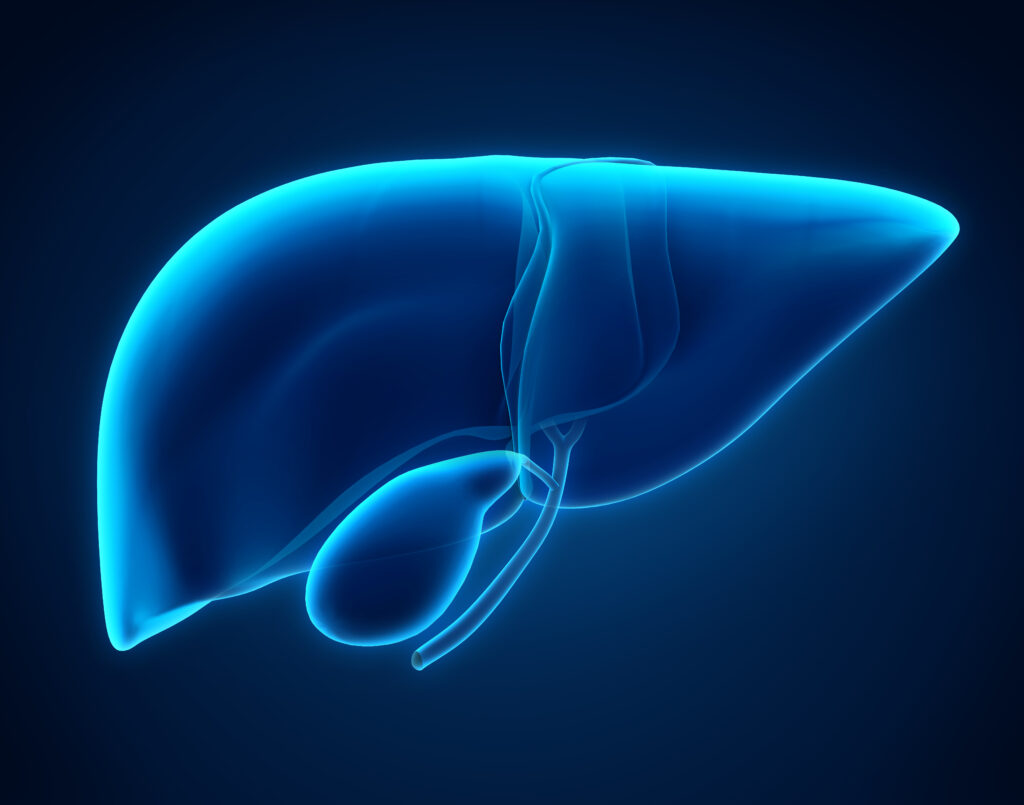Search Results
Showing Results for low-grade inflammation

Polycystic ovary syndrome (PCOS) is a complex, multisystemic condition characterized by reproductive, metabolic and dermatologic manifestations, including hyperandrogenism and ovulatory dysfunction. Despite its prevalence and significant impact on quality of life, PCOS remains underdiagnosed and poorly managed due to its ...

Article Highlights This study aims to find an effective and affordable biomarker panel for early non-alcoholic fatty liver disease (NAFLD) detection in Indian women with morbid obesity, given the rising prevalence of NAFLD and limited accessibility of ultrasound sonography (USG) ...

Article Highlights Early use of sodium–glucose co-transporter-2 inhibitors following myocardial infarction was associated with the following factors: Lower hospitalization for heart failure (odds ratio [OR]: 0.75; 95% confidence interval [CI]: 0.62–0.90; p=0.002). Similar cardiovascular deaths (OR: 1.04; 95% CI: 0.83–1.30; p=0.76). Similar all-cause mortality (OR: 1.00; 95% ...

Very few trials in the history of medical science have altered the treatment landscape as profoundly as the UK Prospective Diabetes Study (UKPDS). Even 44 years after its inception, the trial and post-study follow-up findings continue to fascinate and enlighten the ...

Dry eye disease (DED) is known as dry eye syndrome (DES) or keratoconjunctivitis sicca. According to the Tear Film and Ocular Surface Society’s Dry Eye Workshop II (TFOS DEWS II), it constitutes a multifactorial disease of the ocular surface, ...

Hepatic steatosis is the liver manifestation of metabolic syndrome and a common cause of chronic liver disease. Nonalcoholic fatty liver disease (NAFLD) diagnosis relies on the presence of hepatic steatosis, defined as >5% fat accumulation in the liver, as observed ...

Dapiglutide is a once-weekly, subcutaneous dual GLP-1/GLP-2 receptor agonist being investigated for the treatment of obesity. This first-in-class molecule is designed to take advantage of the weight-loss effects of GLP-1 agonist and the additional benefit of a GLP-2 agonist on improving intestinal barrier function and addressing co-morbidities associated with low-grade inflammation seen in obesity.

Type 2 diabetes (T2D) continues to pose an ever-greater global health challenge, with 1.31 billion individuals predicted to be living with diabetes globally by 2050; the majority of whom will have T2D.1 Closely linked to T2D is metabolic dysfunction-associated steatotic ...

Gestational diabetes mellitus (GDM) is generally defined as “any degree of glucose tolerance with onset or first recognition during pregnancy”.1 It currently is one of the diseases with the highest morbidity among pregnant women.2 Determining its prevalence has been a ...

Periodontitis is a chronic inflammatory disease of the periodontium, or the supportive tissues around the tooth, which includes the gingival tissue, alveolar bone, cementum and the periodontal ligament.1 Caused by pathogenic bacteria, this disease has been recognized for at least 5,000 ...

There has been an exponential increase in the global prevalence of obesity over the past few decades because of adverse lifestyle choices, such as physical inactivity and overconsumption of macronutrients. The obesity pandemic has contributed to more than 50 different disorders ...

Highlights Enhanced external counterpulsation (EECP) is evaluated for glycaemic control in type 2 diabetes. Glycated haemoglobin reduction immediately after EECP therapy conclusion, after 2–4 weeks and after 7–12 weeks was -0.70%, 1.04% and 0.98%, respectively. EECP is associated with a significant lowering of blood pressure. ...

Pituitary tumours (PTs) are located in the sella turcica, which surrounds the adenohypophysis and neurohypophysis. PTs range from asymptomatic incidentalomas to symptomatic aggressive neoplasms, such as invasive neoplasms or pituitary carcinomas.1 Symptomatic lesions can be characterized either by hormonal overproduction ...

Obesity is related to an increased risk of metabolic disease.1 It is well established that excessive body fat is related to increased morbidity and mortality and is associated with inflammation and endothelial damage.2,3 With age, fat infiltration occurs in the ...

Bladder cancer (BC) is the second most commonly diagnosed urological neoplasm worldwide.1 Approximately 10–15% of patients already have metastases in lymph nodes, lungs, liver and bones at diagnosis.2,3 Metastatic BC has a poor prognosis, with a 5-year overall survival (OS) rate ...

Non-alcoholic fatty liver disease (NAFLD), which impacts an estimated 25% of the world’s adult population,1–3 is the principal cause of chronic liver disease globally. NAFLD as a whole represents a pathological spectrum of liver injury, spanning from simple steatosis to ...

Chronic kidney disease (CKD) represents one of the greatest future public health challenges due, among other consequences, to its elevated burden on economic and human resources within healthcare systems.1 Moreover, the rapid growth of type 2 diabetes mellitus (T2DM) results ...

Craniopharyngiomas (CPs) are rare, benign, epithelial tumours of the sellar and parasellar regions arising as embryonic malformations along the pathway of the craniopharyngeal duct.1 They have an incidence of 0.13 per 100,000 per year to 0.5–2.0 per million per year and are classified ...
Latest articles videos and clinical updates - straight to your inbox
Log into your Touch Account
Earn and track your CME credits on the go, save articles for later, and follow the latest congress coverage.
Register now for FREE Access
Register for free to hear about the latest expert-led education, peer-reviewed articles, conference highlights, and innovative CME activities.
Sign up with an Email
Or use a Social Account.
This Functionality is for
Members Only
Explore the latest in medical education and stay current in your field. Create a free account to track your learning.

